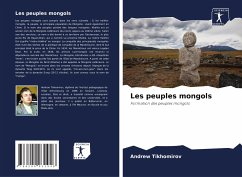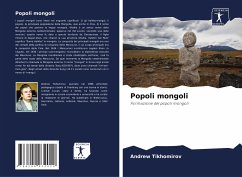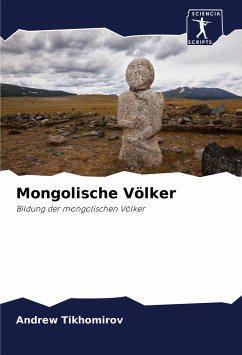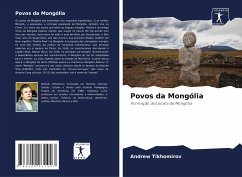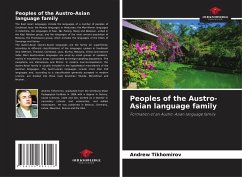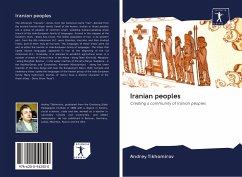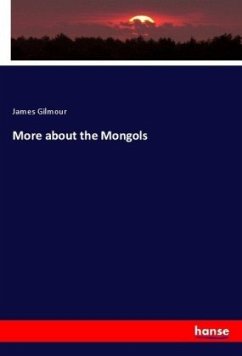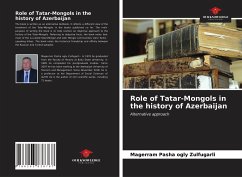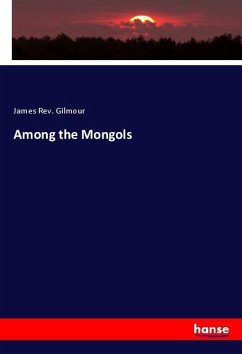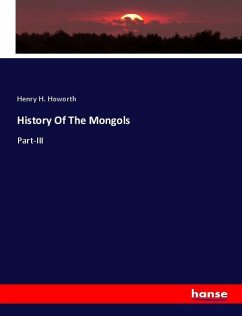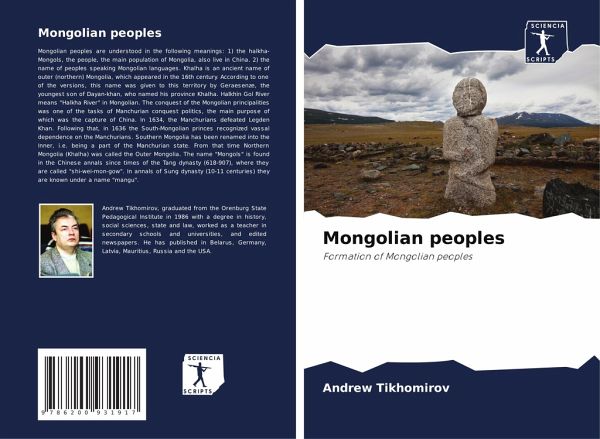
Mongolian peoples
Formation of Mongolian peoples
Versandkostenfrei!
Versandfertig in 6-10 Tagen
18,99 €
inkl. MwSt.

PAYBACK Punkte
9 °P sammeln!
Mongolian peoples are understood in the following meanings: 1) the halkha-Mongols, the people, the main population of Mongolia, also live in China. 2) the name of peoples speaking Mongolian languages. Khalha is an ancient name of outer (northern) Mongolia, which appeared in the 16th century. According to one of the versions, this name was given to this territory by Geraesenze, the youngest son of Dayan-khan, who named his province Khalha. Halkhin Gol River means "Halkha River" in Mongolian. The conquest of the Mongolian principalities was one of the tasks of Manchurian conquest politics, the m...
Mongolian peoples are understood in the following meanings: 1) the halkha-Mongols, the people, the main population of Mongolia, also live in China. 2) the name of peoples speaking Mongolian languages. Khalha is an ancient name of outer (northern) Mongolia, which appeared in the 16th century. According to one of the versions, this name was given to this territory by Geraesenze, the youngest son of Dayan-khan, who named his province Khalha. Halkhin Gol River means "Halkha River" in Mongolian. The conquest of the Mongolian principalities was one of the tasks of Manchurian conquest politics, the main purpose of which was the capture of China. In 1634, the Manchurians defeated Legden Khan. Following that, in 1636 the South-Mongolian princes recognized vassal dependence on the Manchurians. Southern Mongolia has been renamed into the Inner, i.e. being a part of the Manchurian state. From that time Northern Mongolia (Khalha) was called the Outer Mongolia. The name "Mongols" is found in the Chinese annals since times of the Tang dynasty (618-907), where they are called "shi-wei-mon-gow". In annals of Sung dynasty (10-11 centuries) they are known under a name "mangu".



